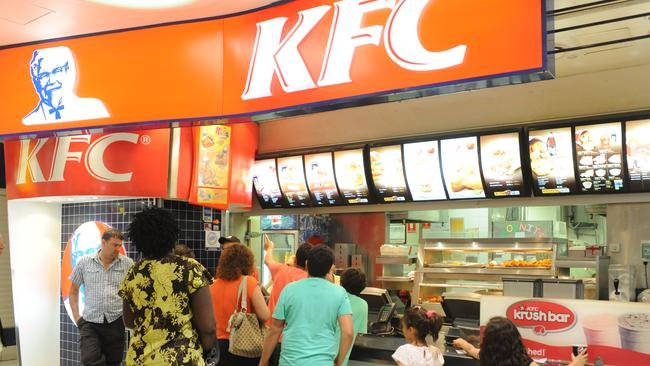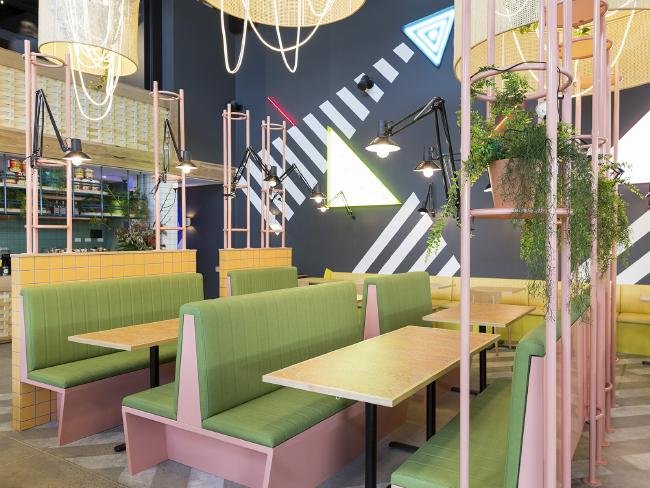Every time a new shopping centre opens, they trumpet the great new food outlets that will feature inside. If they are in a food court the centre insists on calling it a “Café Precinct” or a “Dining Terrace”. But most of the time, these fantastic new outlets are not in the food court at all. Often enough, they are on the complete opposite side of the centre to the food court.
Take the new Fonda Mexican at Knox shopping centre in Melbourne. Fonda Mexican is not trying to be that fancy. It’s just a taco joint, medium priced. But it doesn’t want its customers sitting on cheap rickety chairs out in the cavernous echo of the food court. Instead it has its own booths in its own style.
The fancier the shopping centre, the less likely it has a McDonald’s facing onto 200 plastic tables and the more fully separate outlets it has. The upscale Emporium shopping centre in Melbourne’s CBD has about half its food outlets as stand-alone outlets. Westfield Sydney has an outlet of Michelin starred Tim Ho Wan. One thing is clear: consumer preferences are changing.
This is about more than just food. This is about the changing face of shopping centres as they struggle to keep up with where Australians are at. They are — too late for some — trying to shake off their tired image as a boring place for doing your chores and getting some keys cut.
Tim McDonald, the founder of Fonda Mexican, says shopping centres keep approaching him.
“They are really behind the eight ball with the food and beverage offering. They have realised the food and beverage offering has really got to lift if they are gong to be treated as leisure and entertainment centres as opposed to retail shopping centres. And they seem to be doing a good job. Our brand can fit in with some of the shopping centres.”
Australian retail has been in a dire state for a long time as people hoard their funds and scrimp and save. For the good of the economy, we need to do whatever we can to make consumer spending tick up.
Killing the food court once and for all might just give us the leg up that we need.
source :news.com.au


Nice well well done!
Interesting post!